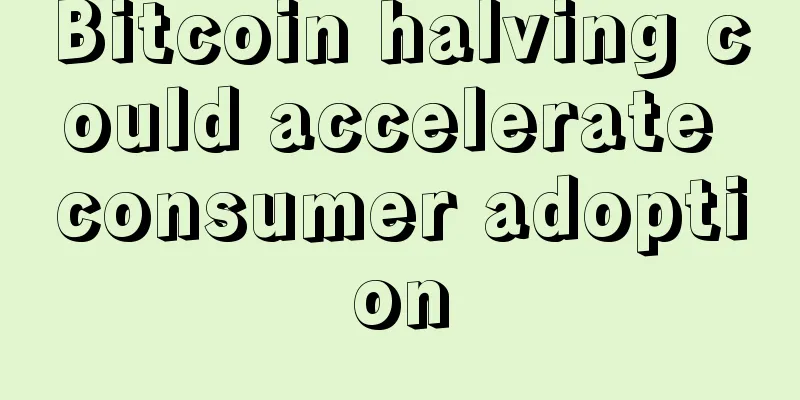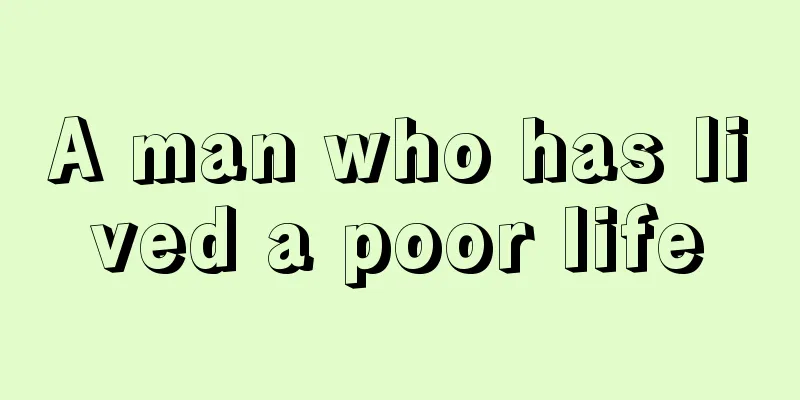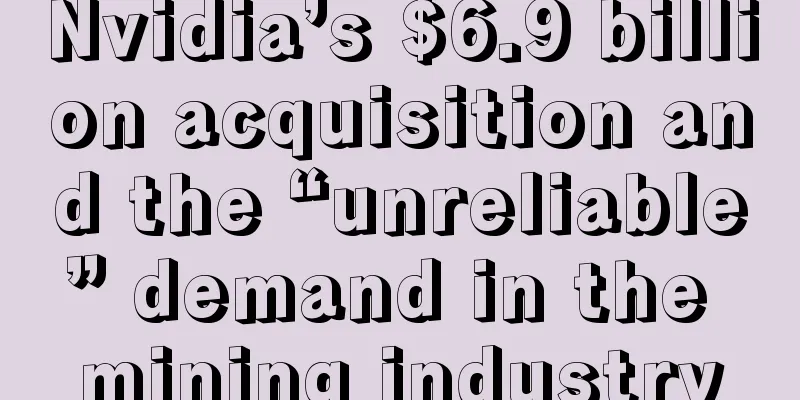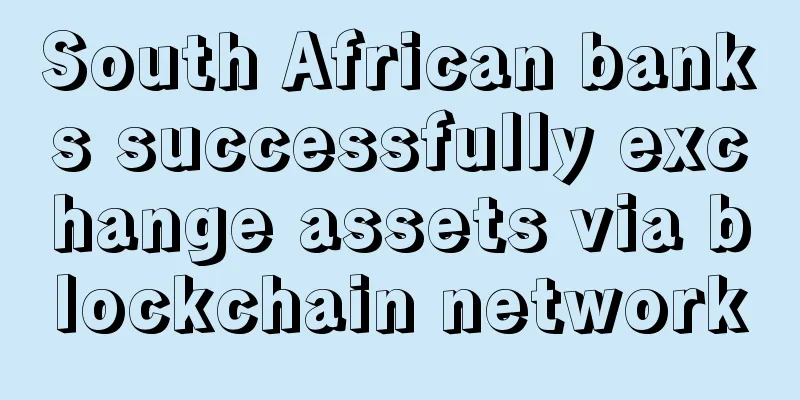Bitcoin halving could accelerate consumer adoption

|
As the crypto world goes into a frenzy over the upcoming Bitcoin halving and the price of Bitcoin (BTC), it’s important to take a moment to reflect on reality. For the vast majority of people in the world, the halving is not a big deal. On-chain Bitcoin transactions are processed by a vast network of so-called "miners" who verify and record transactions on the blockchain. To date, these miners receive two types of rewards: block rewards paid by the Bitcoin network, and network transaction fees paid in Bitcoin by transactors. The upcoming “halving” cuts the reward in half. This is not surprising. Rather, the halving is a predetermined part of the system designed to regulate the supply of new Bitcoins in a predictable manner until a maximum of 21 million Bitcoins are issued. At some point in the next century, given current trends, the block reward for processing Bitcoin payments will be halved until it approaches zero. But the result of the block reward reduction has a substantial impact on the second network transaction fees. The increase in transaction fees is a stark reminder that the supply of Bitcoin is limited by design. Once 21 million Bitcoins are issued (as block rewards), no one can create more Bitcoins or change the supply, as governments often do with their own fiat currencies. This is why some people compare Bitcoin to “digital gold.” It’s a decent comparison, but there are two important differences to keep in mind: First, Bitcoin’s supply is fixed at 21 million bitcoins. Gold’s supply is finite, but not fixed and known. After all, who knows what giant gold hoard will be discovered tomorrow? Second, Bitcoin is infinitely divisible. As Bitcoin becomes more valuable, people will trade in fractions of its value (e.g., there are 100 million satoshis in one Bitcoin). Gold is a physical thing, you can’t infinitely divide it because it will become more valuable, although new digital gold entrants are trying to make gold behave more like Bitcoin. The halving is a reminder that Bitcoin’s supply is indeed limited, while demand is increasing, pushing up its price in the long run. When something becomes more valuable, more people want to use it, and the cycle continues. In the short term, the biggest day-to-day impact of the halving will be a wider consumer shift to processors with lower transaction fee costs. Enter the Lightning Network, a Layer 2 network that conducts Bitcoin transactions outside the main blockchain. The Lightning Network can process peer-to-peer Bitcoin transactions almost instantly, just like on the main blockchain. Lightning Network transaction fees are just a few cents. For regular people — those making small transfers or using a bit of Bitcoin to buy goods and services — this will become the preferred method of transacting; it’s fast and cheap. The relative ease of Lightning Network transactions could also accelerate consumer adoption. Of course, on-chain transactions aren’t going away. People will continue to use blockchains to record large transactions — just like using a wire transfer instead of a debit card to buy a car or a house. As on-chain network transaction fees continue to increase, network congestion will be offset by the transfer to the Layer 2 network, which in turn will encourage a larger transaction volume, some of which will occur on the main chain, which will push up transfer fees. Ultimately, even if Layer 2 networks like the Lightning Network take off, the end result is likely to be a steady increase in network fees as Bitcoin becomes more widely adopted. This is a good thing. The more Bitcoin behaves like other currencies, the more people will want to use it. While most of us are not miners, many of us are currently economically disenfranchised: Today, more than 1 billion adults in the world have smartphones but do not have bank accounts. These people are digitally connected to the rest of the world but lack the benefits of participating in the global financial system. For them, Bitcoin is a powerful solution for their daily expenses or personal savings - but only if it is fast, reliable, cheap and easy to use. The halving stimulates the adoption of Layer 2 networks such as the Lightning Network, making the use of Bitcoin a reality. |
<<: In-depth MEME: How to become a high-return MEME hunter
>>: Changpeng Zhao: How did I make 130 billion?
Recommend
What personality secrets do your fingertips reveal?
What personality secrets do your fingertips revea...
The face of a person who asks others for help even when encountering a small matter
Although no one is omnipotent, when you encounter...
Seven standards for a woman to be a good match for her husband
Seven standards for a woman to be a good match fo...
Eye shape reveals your worries and love
Eye shape reveals your worries and love In this w...
Cinderella's face: Can you fly to the tree and become a phoenix?
When we were children, Cinderella's romantic ...
Do people with small mouths have good fortune? How does the mouth tell about a person’s appearance?
Different people have different facial features, ...
Judging a man's fate by looking at the mole under his feet
1. In physiognomy, you can tell a person’s fortun...
In a historic move, a radio station in Keene, USA, advertises Bitcoin
The city of Keene, New Hampshire, USA, today laun...
Are people with thick lips honest?
Seeing is not believing is actually a truth, beca...
Are altcoins sending a buy signal?
A prominent cryptocurrency trader believes that a...
What does it mean if there are two love lines on your palm?
For most of us, there is only one love line on our...
Market analysis: Bitcoin fell into the adjustment range again, and the market began to rest
Author | Hashipi Analysis Team...
The bull market is very different. Why did the “copycat season” turn into the “Meme season”?
Compared with the previous bull market, this roun...
The face that can make you rich overnight
Many of us have the mentality of getting rich ove...
Is it good for a woman to have a widow's peak?
I don’t know if you know the term “widow’s peak”....









